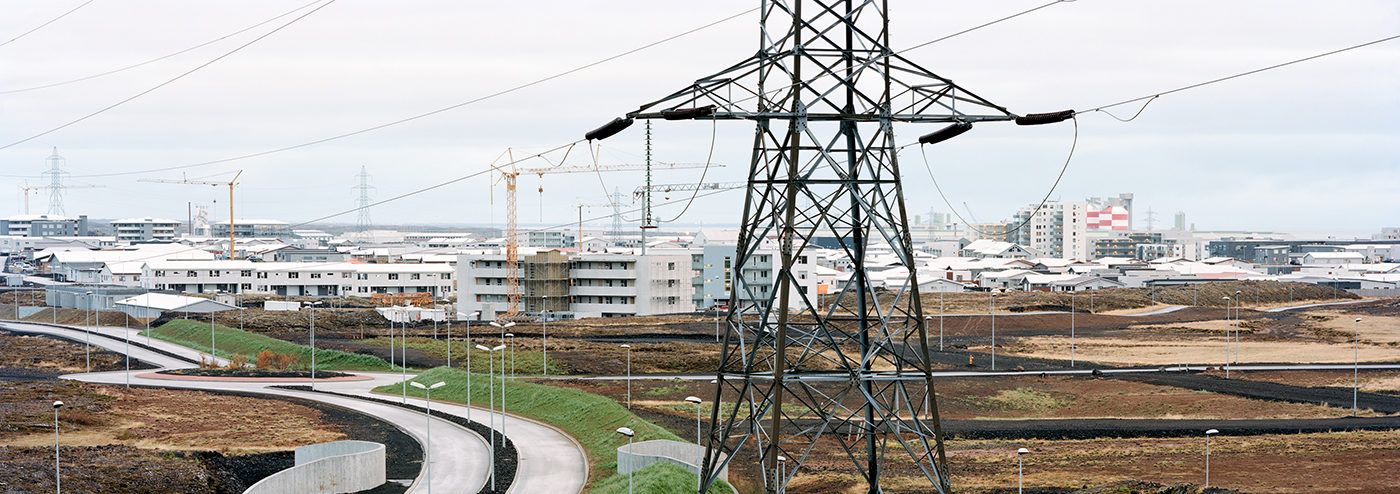Hafnarfjörður is a brand new town. In many houses, marks can still be seen in the walls from the boards that were used to hold the wet concrete. But the town still has a warm atmosphere and humble characteristics, in and of itself, as if it were an old small town. [1]
In 1952, this is how the Dane Martin A. Hansen described the town of Hafnarfjörður. Now, after decades of development, eight contemporary artists show us what caught their eye when they photographed Hafnarfjörður’s urban environment. A town in progress, finding its feet, clearly on its way to somewhere very fast, although it may not be entirely sure, at present, where this road will lead. Perhaps the most important thing is still not what is, but rather what is to come.
Embracing eight very diverse artistic statements, Hafnarborg‘s summer exhibition allows the individual project of each photographer to unfold, as we wander the streets of Hafnarfjörður with a baby pram, witness entire neighbourhoods take form on the edge of town, see the new man-made landscapes, which are being created all around us, visit a post-industrial district in great need of revitalisation, search for unspoiled beauty and extraordinary moments that tend to go unnoticed or find signs of Iceland’s parallel community of “huldufólk” (hidden people), who, even today, make things rather difficult at times for planning authorities.
The participating artists are Daniel Reuter, Marino Thorlacius, Pamela Perez, Pétur Thomsen, Spessi, Staś Zawada, Stuart Richardson and Svala Ragnars, who have all carried out photographic projects in and around Hafnarfjörður in the time span of 2006 to 2019. Seen together, their works cast light on a town in transition and offer a glimpse of the new, complex Hafnarfjörður that is emerging – our natural habitat in the year of 2019.
The curator of the exhibition is Kirsten Simonsen.
[1] Martin A. Hansen. (1954). Rejse paa Island. Translated for Hafnarborg. Copenhagen: Carit Andersen, pp. 176-177.




